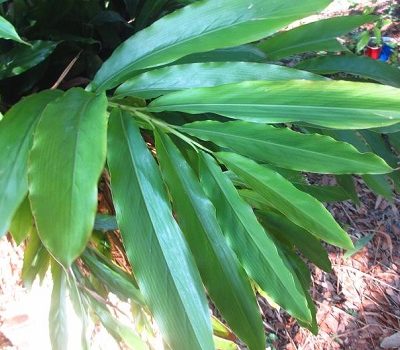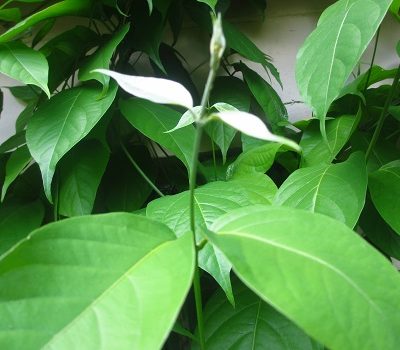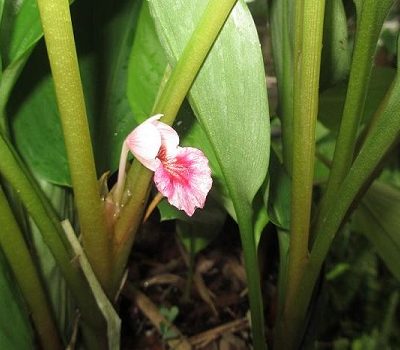Black Flamingo
I am quite surprised that this plant is not everywhere in Florida landscapes. This is such a beautiful and easy plant to grow. Very few pests bother it, it never needs pruning, it smothers weeds, it is not invasive, it is very forgiving of poor soil conditions, it blooms continuously, it forms thick beds, it has colorful foliage.
It comes back on its own from tubers every Spring. The truth is that I hardly ever see it anywhere, and for the life of me, I can’t understand why.
Origin
Central and South America
Binomial nomenclature
Chrysothemis pulchella
Common names
Copperleaf, black flamingo
Description
A tuberous gesneriad with dark purple foliage that fades to a copper color with age. The leaves are simple, with dentate margins and a velvety surface. The undersides of the leaves are a vibrant purple color. The Stems and petioles are fleshy and break easily. Sometimes above ground tubers form at the lower nodes of the plant. The inflorescence emerges almost immediately after breaking dormancy in the Spring, and they continue to bloom until they go dormant in the Fall. The flowers, which only last one day, are a bright yellow with reddish orange stripes and spots. The flower calyces are a fiery orange, and they last all season. As more flowers bloom and fall off, the cluster of calyces grows larger over the course of the season. The contrast between the dark foliage and the bright inflorescences is striking and quite beautiful.
Height
24″
Temperature/Zone
32°F zone 7b if planted in the ground. This plant goes completely dormant in the Winter. In containers, cold temperatures kill them more easily, but in the ground they are quite resilient to cold, especially if they have a layer of mulch or compost protecting them. In zones lower than 7, they can be Wintered indoors, but they should not be dug up and stored dry. Whenever I try this, the tubers dry out and die, so leave them in soil.
Light
They do best in bright shade, but they can be grown in deep shade or full sun too. In full sun they get a bit burned at the edges of the foliage, and in too much shade they get tall and leggy.
Water
They prefer even, well drained, moisture while growing, and little to no moisture in the Winter during their dormancy.
Fertilizer
I give them some granular 10-10-10 once a year. They’ll bloom no matter what you do.
Cultivation
Chrysothemis pulchella prefers well drained soil. They thrive in the poor sandy soil here in central Florida.
Pests
Fungus and bacteria will rot them if the soil is too wet and soggy. Slugs sometimes chew holes in the leaves.









